Ever wondered how far people will go to look beautiful? Apart from the obvious – plastic surgery-, here are some bizarre beauty treatments and ingredients, practiced and used in Malaysia.
1. Mandi Bunga (Flower Bath)
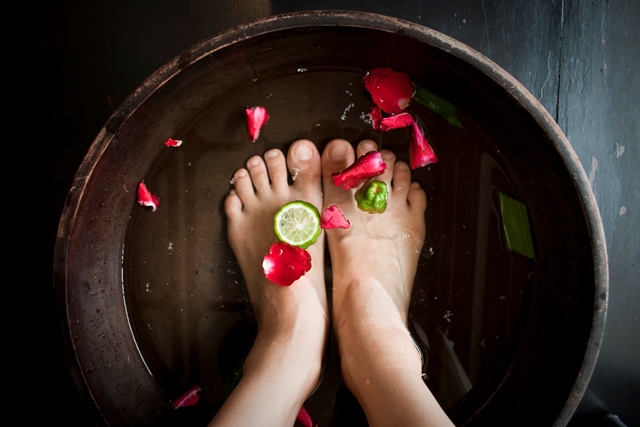
Mandi Bunga or ‘Flower Bath’ is a ritual to cleanse one’s aura and ward off bad luck. It is widely practiced among the Malay community as a way to cure diseases, exorcise witchcraft, make a wish come true and even to find a soul mate.
Traditionally, mandi bunga should be performed under conditions set by a medicine man or shaman. Betel nut and a pair of kaffir lime are the main ingredients used in the bath, followed by leaves, flowers and rose water. Three, five, or seven types of flowers in full bloom are picked in the early morning dew. Commonly used flowers are jasmine, frangipani, lily, chrysanthemum, lotus, ylang-ylang and dew magnolia.
The flowers, leaves, rose water, betel nut and juiced kaffir limes are placed into a container filled with water. After a short prayer, one will then have to start by pouring the water from the feet and slowing moving up to the knees, thighs, abdomen, chest and lastly the head, until the infused water is used up.
2. Henna
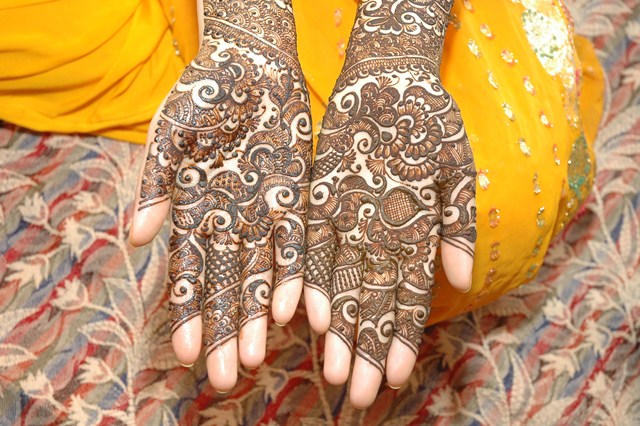
Henna has been used for over 6,000 years since Ancient Egypt and is very popular throughout the world for medicinal and cosmetic reasons. Henna, known as Mehndi in India and Inai in Malaysia, is traditionally used for weddings.
Mehndi designs form an integral part of Muslim, Hindu and Sikh weddings as well as Eid and Diwali celebrations. This traditional ‘body art’ is applied to the hands and feet of women preparing for special ceremonies. It is said that the darker the henna is on the bride’s skin, the more intense her husband’s love will be. In some customs, it is believed that a darker shade of henna on a bride’s skin means that she will be loved and cared for by her mother-in-law.
Henna is also a natural herbal hair colour believed to thicken one’s hair, making it stronger and more resistant to breakage. Using henna as a hair colour will also protect one’s hair from UV rays, reduces dandruff and hair fall. It acts as a natural conditioner, making hair soft and silky.
3. Postnatal Confinement
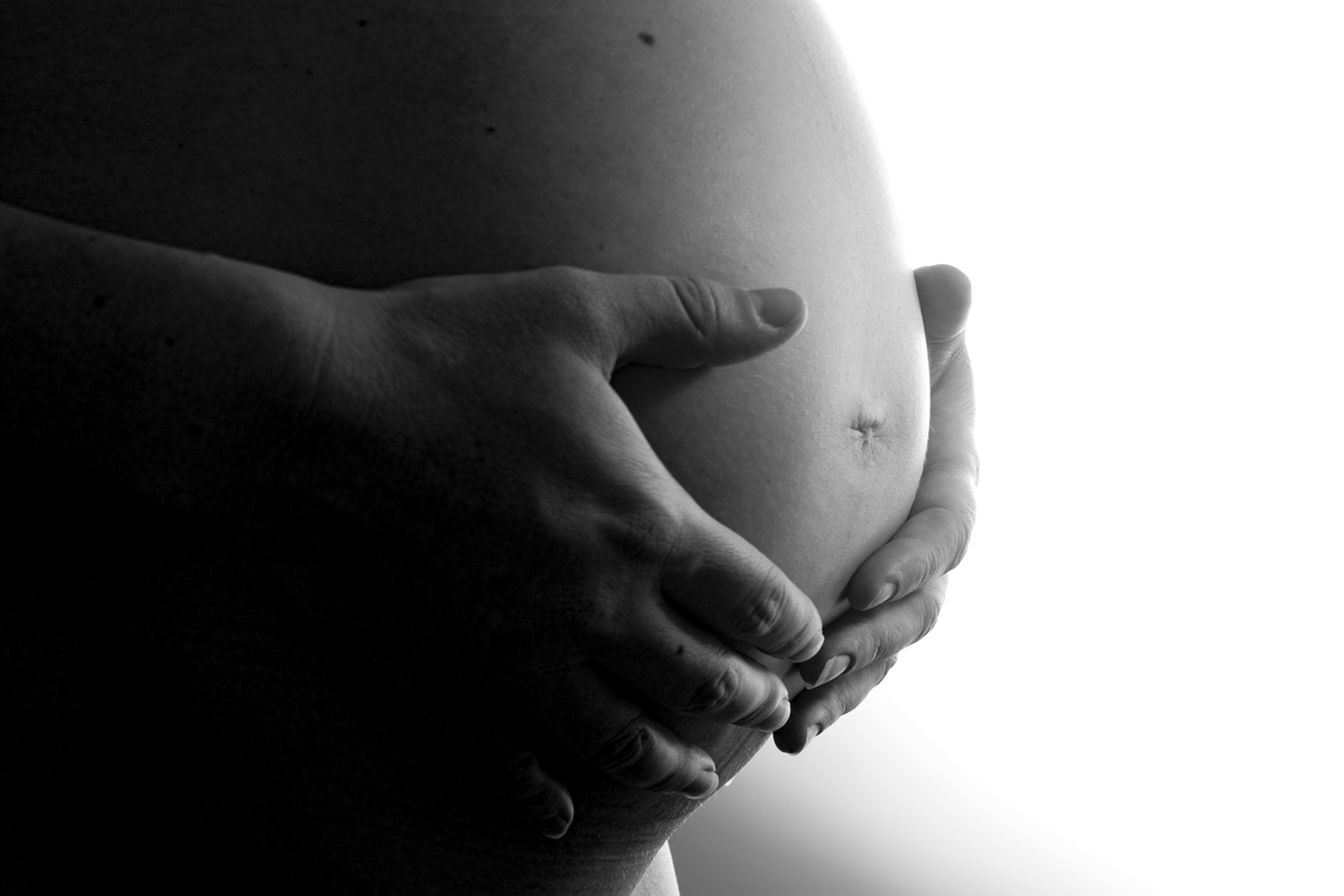
Confinement practices are traditional postnatal routines intended to help a new mother recover from childbirth. Both mother and baby are usually in confinement for a certain amount of time after the birthing process. Customarily, they do not receive visitors apart from close family members until the 30 to 40-day confinement period is over.
The Malay, Chinese and Indian communities in Malaysia have their respective confinement practices. The common goal is to support the new mother and help her recover from childbirth, as well as to regain her physical and emotional strength.
There are also certain foods a new mother shouldn’t consume when in confinement. These include ‘cooling’ foods like cold drinks, cucumber, cabbage and pineapple, as well as ‘windy’ foods like onions and jackfruit. These are off limits in the Chinese community since these foods supposedly cause colic in your baby. The Malay confinement diet encourages fresh fish such as snakehead fish, to promote internal healing, while mackerel, shellfish, prawns and cockles must be avoided as they could cause allergies and itchiness. In the Indian community, gourd vegetables like lauki and tori and betel nut leaves are known to help with lactation and increase milk supply.
There are also ‘rules’ when in confinement. In some communities, a new mother must avoid washing their hair and should only bathe with a warm herbal infused bath. This practice will supposedly ensure that one’s body retain as much heat as possible to avoid health problems such as rheumatism, arthritis, headaches and body pains later in life.
4. Threading
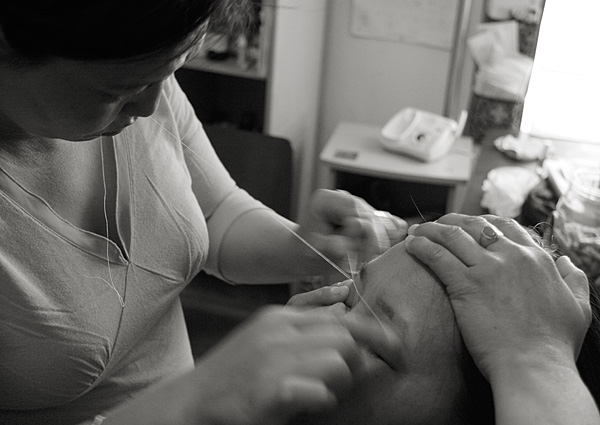
Photo credit: waynewhuang / Foter / CC BY-NC
This ancient method of hair removal has been gaining popularity in recent times. Believed to have originated over 6,000 year ago in India and spread throughout Asia, the Middle East and now Europe; threading used to be done only when a woman was getting married or for special occasions. Nowadays, there are many Indian beauty parlours offering this practice to help women get rid of unwanted hair.
Threading is almost similar to plucking. One will need tweezers to pluck hair, while threading requires the use of a thin cotton or polyester thread. The thread is pulled along unwanted hair in a twisting motion, to trap hair in a mini lasso, lifting the hair right out of the follicle. It is said that threading provides a more precise control of shaping eyebrows and is gentler on the skin. An experienced beauty therapist can thread a person’s eyebrows in less than two minutes.
5. Coconut Oil
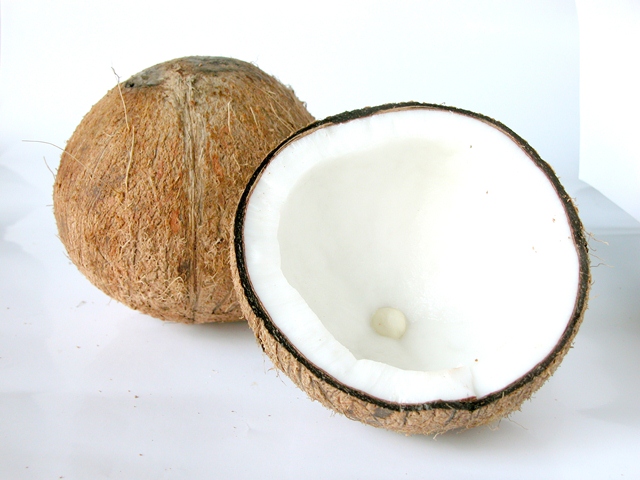
A not so secret ingredient that has been passed down for generations within the Indian community is coconut oil. Coconut oil has multiple beauty benefits and is gaining popularity outside the Indian community worldwide.
To promote blood circulation and hair growth, a tablespoon of warm coconut oil is massaged on a person’s scalp. One can then rinse and shampoo as normal, after letting the oil infuse into the scalp for an hour or two. This technic also deeply conditions one’s hair.
Swishing coconut oil (as disgusting as it sounds) in one’s mouth for 20 minutes a day is said to help detoxify the body, cure headaches, avoid acidity and whiten the teeth. This action is known as ‘oil pulling’ and is an age-old Indian tradition that cleanses the system from within.
Coconut oil is also a great skin moisturiser, cuticle softener, under-eye cream, dry foot rub, lip balm and so much more. The benefits of being rich in anti-oxidants with free-radical fighting properties make it a great anti-aging agent.
6. Turmeric Powder
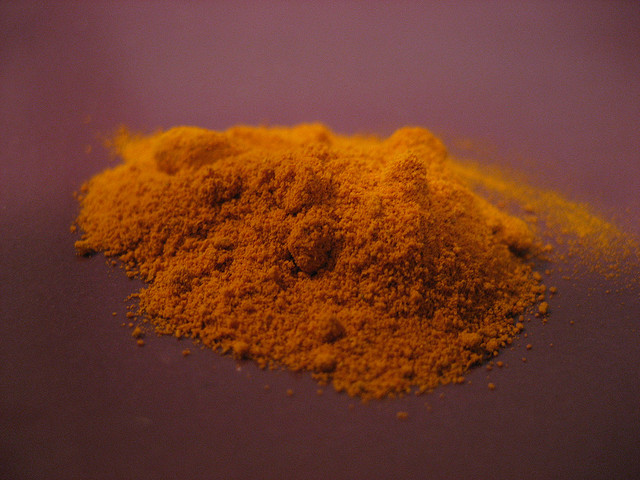
Photo credit: megabeth / Foter / CC BY-NC-SA
Apart from being a key ingredient in many Asian dishes and traditional medicine, this custardy-yellow powder is known to heal eczema, chicken pox, shingles and scabies.
This healing spice plays an important part in traditional beauty rituals and is often applied on the body when the bride is beautified for the ceremony. Turmeric, combined with lemon, makes the skin soft and smooth.
A turmeric and flour mixture, prepared with oil and water can be made into a mask for beautiful, radiant skin. This mask helps fight acne, clear scars, reduce wrinkles and age spots, reduces facial hair growth, removes dead skin, brightens and adds a glow to one’s skin.
7. Fish Spa Treatment
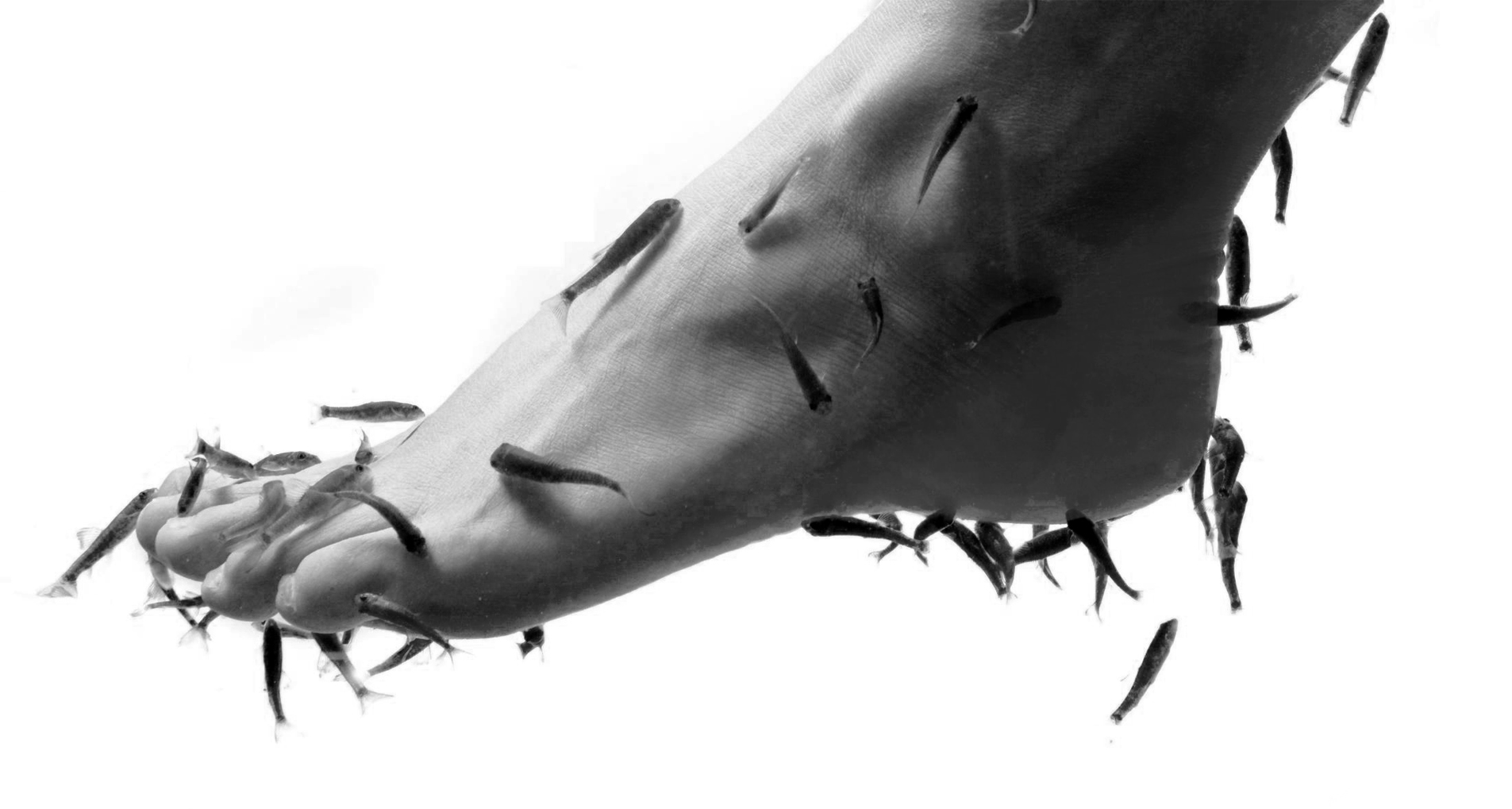
Fish spa is not a spa for fish; it is a spa, with fish, that will give you an underwater pedicure. This treatment is not exactly new. In fact, you are bound to come across a fish spa or two in a shopping mall or somewhere in your neighbourhood
Fish spa treatment involves patrons putting their feet into a water tank filled with toothless Garra rufa fish – also known as ‘doctor fish’. The fish will eat away the dead skin found on your feet. Native to the Middle East, ‘doctor fish’ have been used as a medical treatment for individuals with skin diseases, particularly in the treatment of psoriasis. It is also said that this ticklish treatment from tiny fish helps with stress and fatigue and improves circulation.
8. Sake Facial
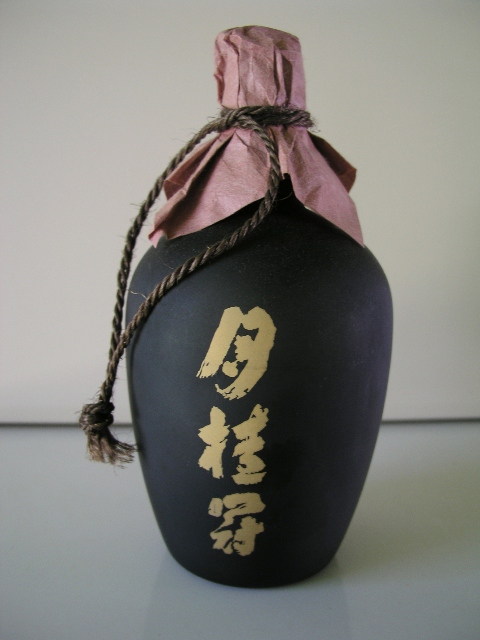
This deluxe treatment uses an age-old Japanese ingredient, premium sake, to purify, brighten and soften the skin. Gaining popularity with the Malaysian elite, a sake facial consist of 11 different steps and takes 90 minutes, two cleansing steps, two different face masks and three massages.
A white paste, known as sake dregs, is collected at the end of the sake brewing process and is available once a year, in tandem with the sake production cycle. Dregs are rich in antioxidants and enzymes that give a clean and refreshing feel after exfoliation. The sake facial can smell offensive to some due to it being a by-product of fermentation.
9. Snail Mucus Mask

Snail extract or slime has, for many years, been found to be beneficial for the skin, as it provides natural activators for aging and damaged skin. It also works as an acne treatment. While not a new beauty treatment, snail extract masks only arrived on Malaysian shores a few years ago. Those who have tried this treatment claimed that their skin is brighter, more hydrated and soft.
There are many more peculiar beauty treatments used in Malaysia. Some are passed down from one generation to the next, some newly discovered.
Do share some of your beauty secrets with us in the comments below.
Read more:
"ExpatGo welcomes and encourages comments, input, and divergent opinions. However, we kindly request that you use suitable language in your comments, and refrain from any sort of personal attack, hate speech, or disparaging rhetoric. Comments not in line with this are subject to removal from the site. "

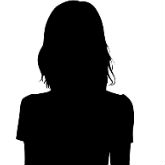





















What’s so extreme about a flower bath?